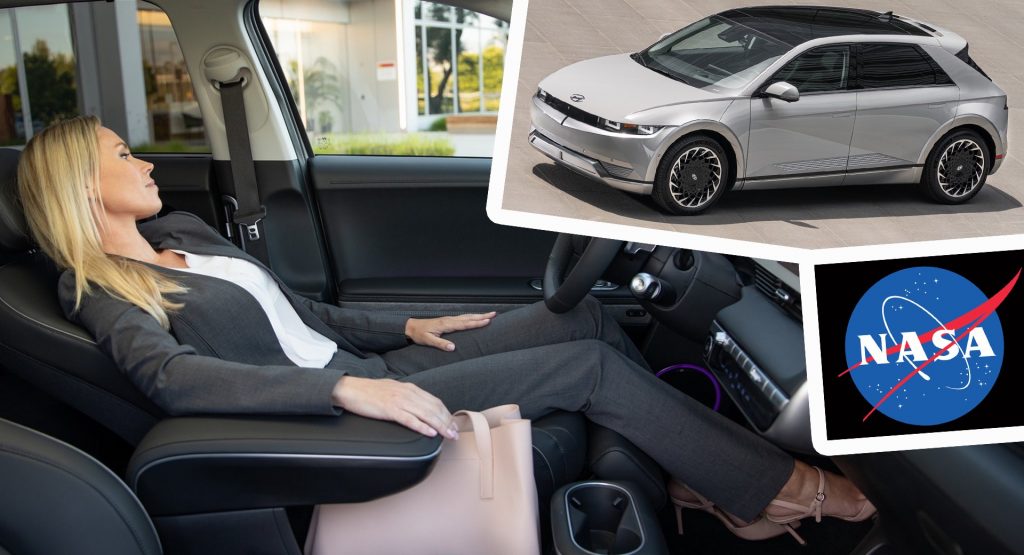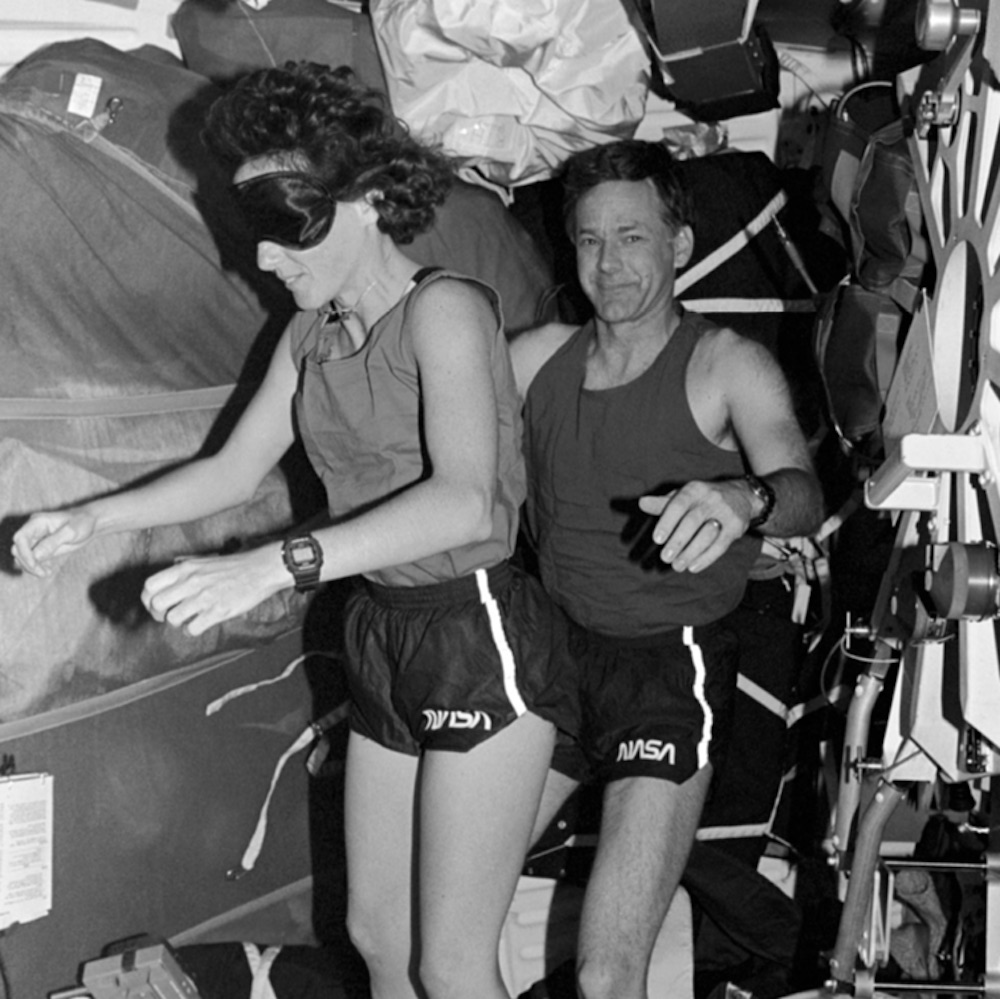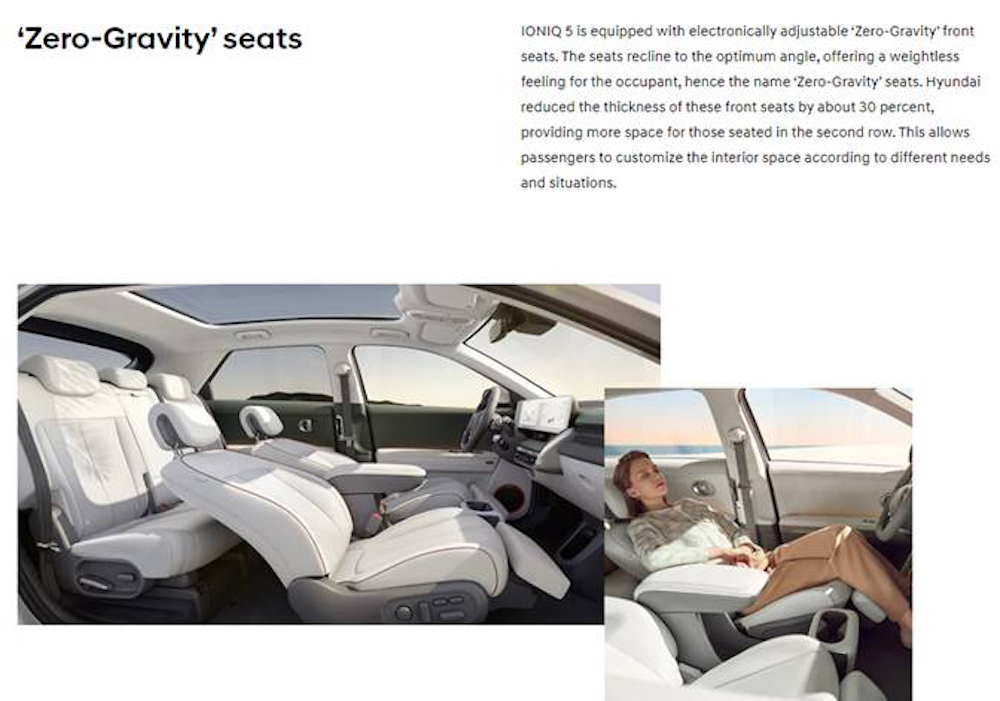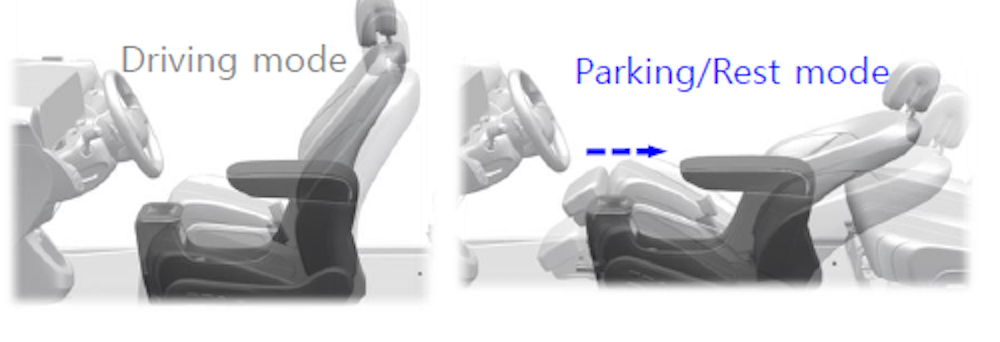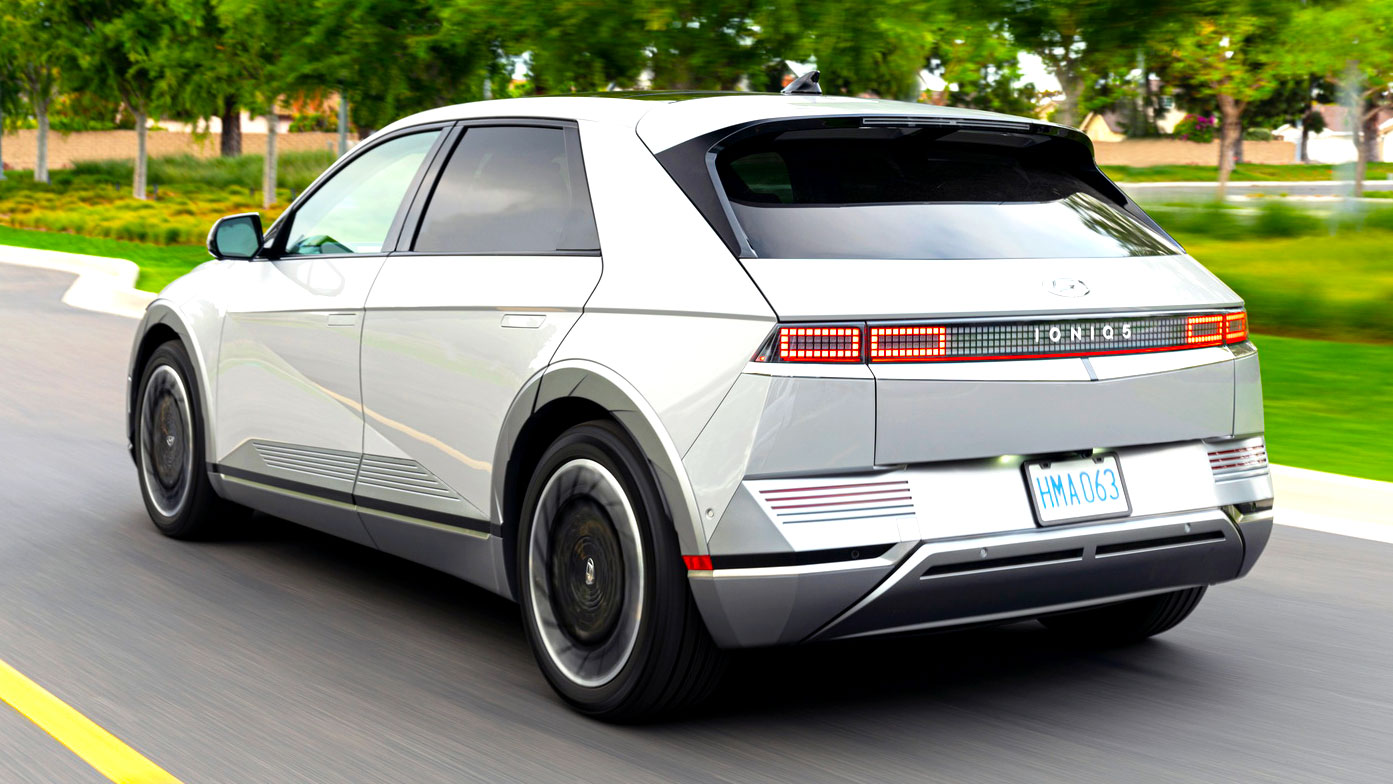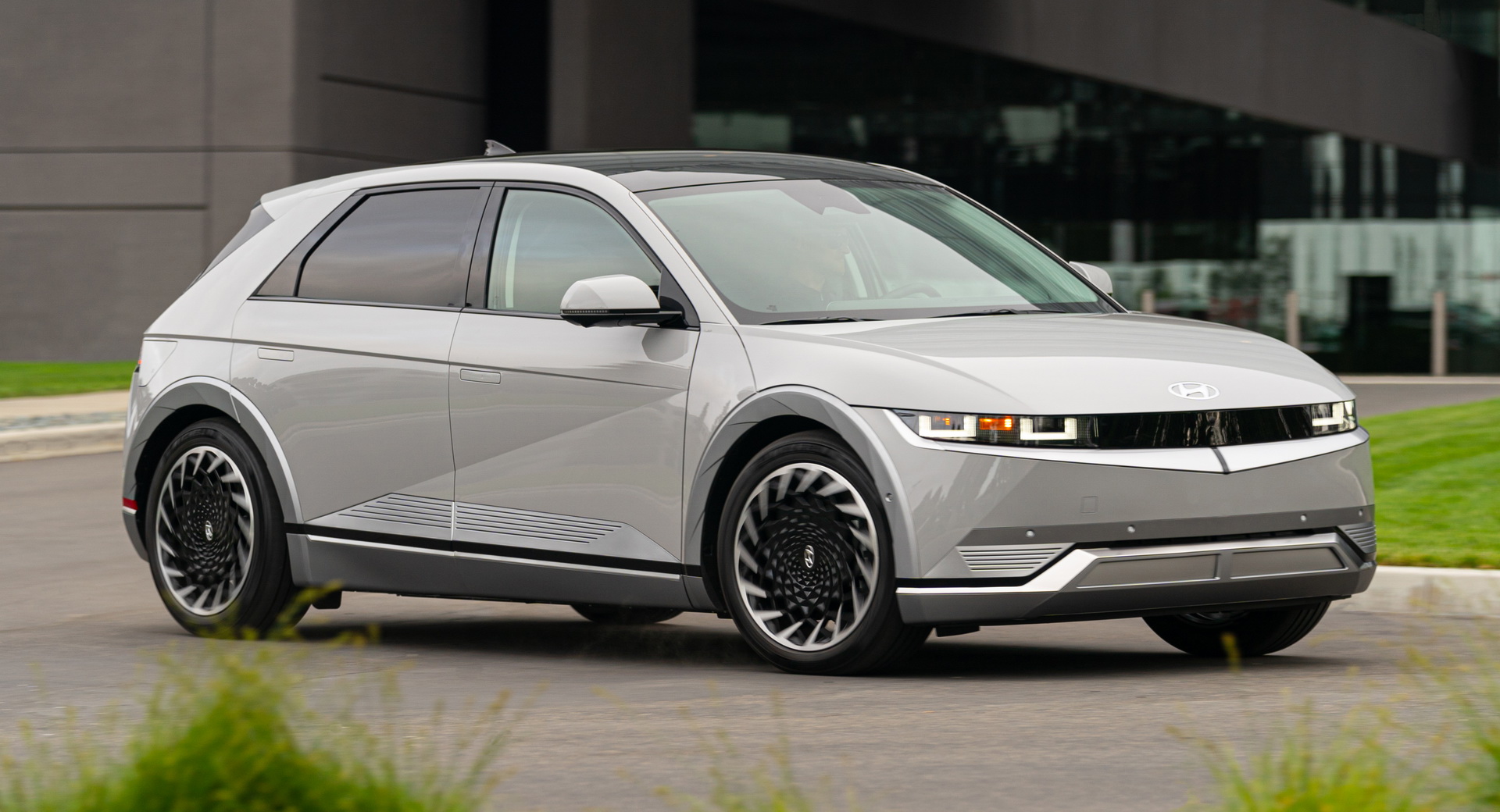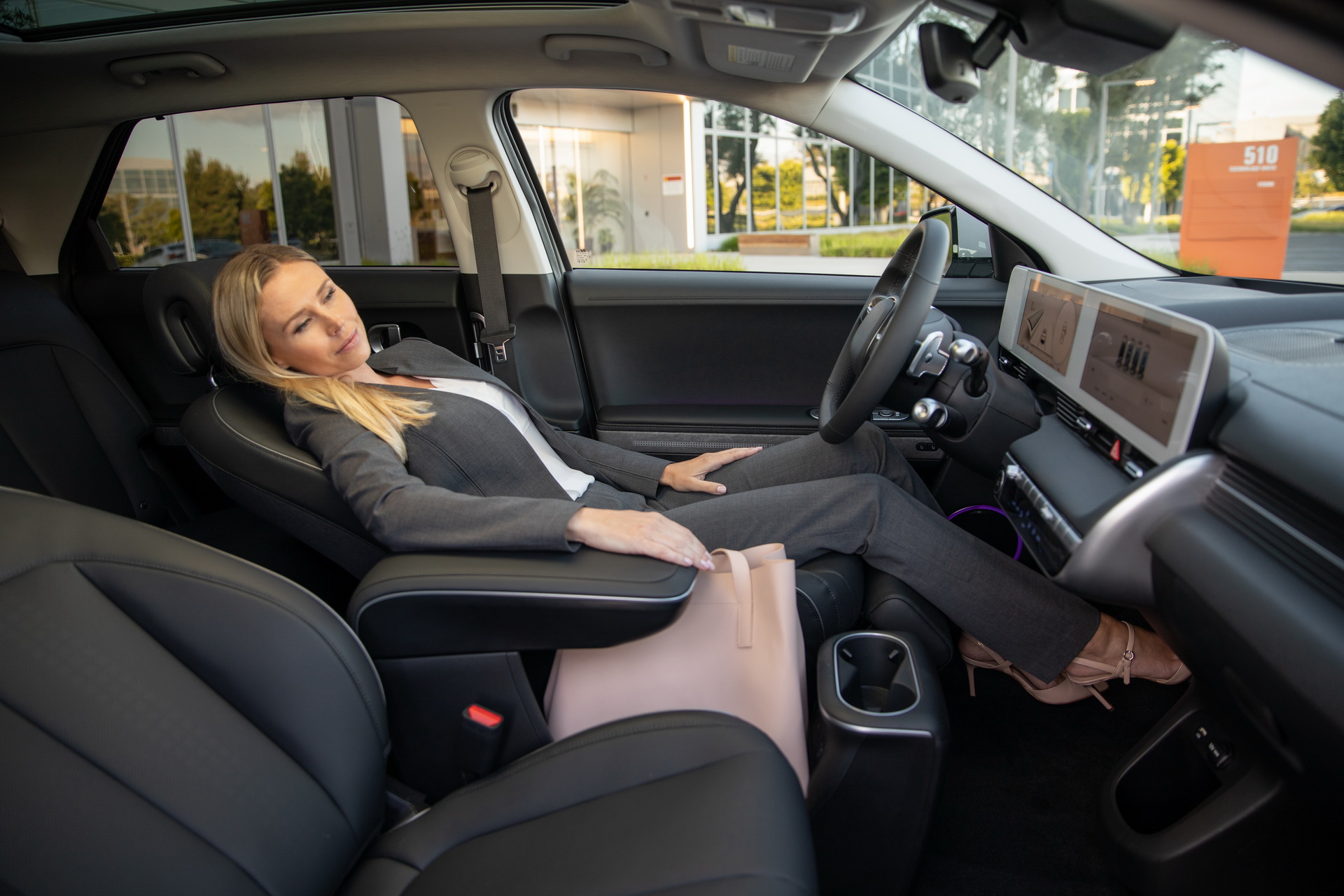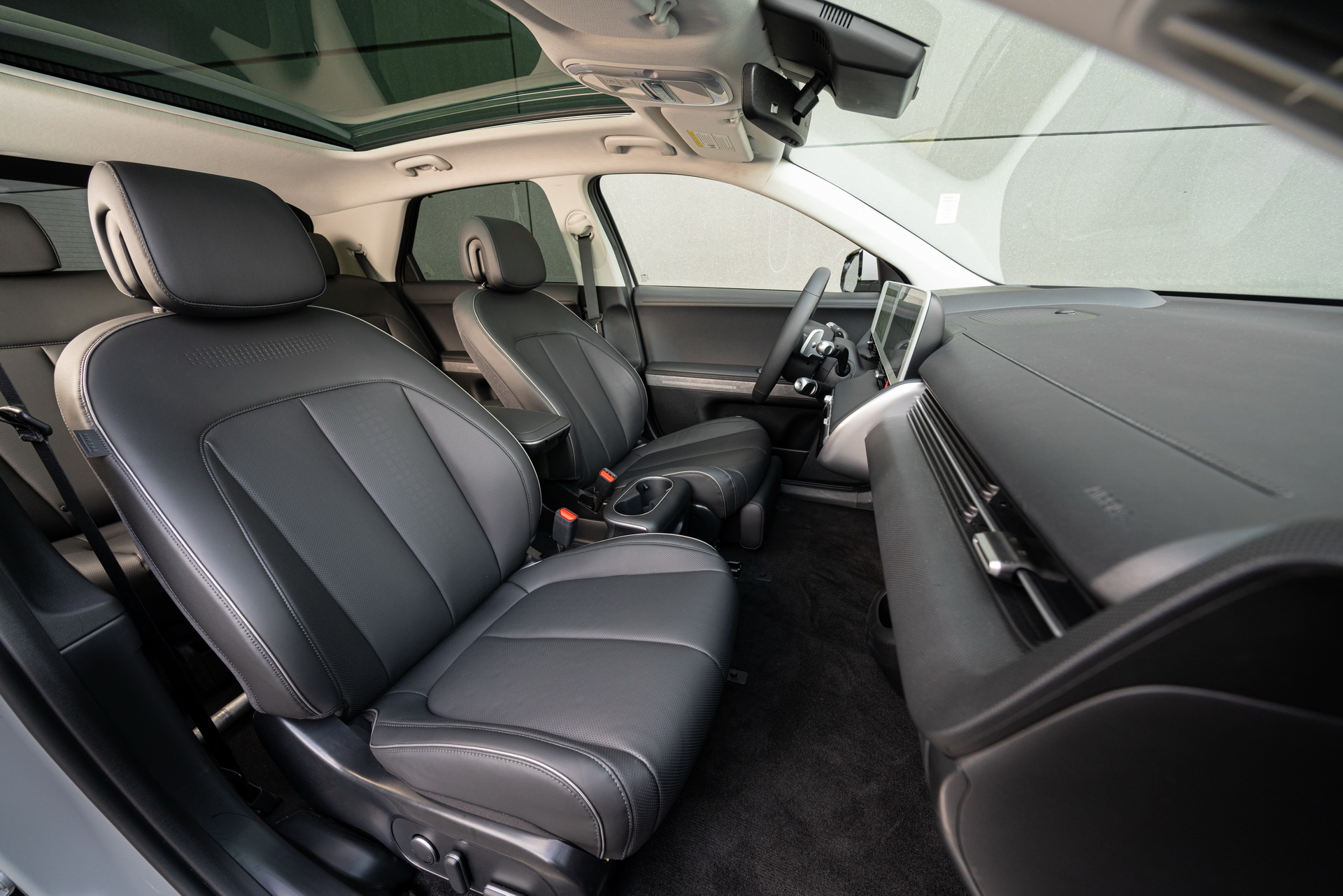The new Hyundai Ioniq 5’s ability to charge at up to 350 kW is one of its coolest, and most useful features. Find a quick enough charger to make use of that max charging rate and you can add 68 miles of driving in five minutes, or fill the battery from 10-80 per cent in 18 minutes.
But that’s still far longer than it takes to fill up an ICE car with a fresh tank of gas, so one of the Ioniq’s many other cool features is its specially designed reclining seats that let you lie back and unwind while the car is taking on a fresh charge.
We’ve already seen pictures of a blissed-out female model enjoying the seat in the promotional pictures, but now we know why she looks so relaxed. Because while Hyundai’s N performance develops its seats based on experience gained at the Nürburgring, the Ioniq’s engineers turned to NASA for help with their chairs.
According to internal Hyundai documents, the Ioniq 5’s driver’s seat was designed with reference to a NASA study titled ‘Evaluation of Neutral Body Posture on Shuttle Mission STS-57 (SPACEHAB-1)’ and published in 2003.
Related: America’s 2022 Hyundai Ioniq 5 Detailed, Here’s Everything You Need To See And Know
Neutral body posture (NBP) is the posture the human body assumes in microgravity, and was first documented by NASA in the early 1970s as it investigated how to make spacecraft not just safe, but comfortable, for astronauts. Photos taken on board Skylab, NASA’s first space station, showed the body’s limbs would automatically assume certain angles relative to the body.
And while driving an electric car down the freeway or through city traffic isn’t anywhere near as tough on your body as being in space, which NASA’s 2003 report says can have many nasty side effects from muscle atrophy to space motion sickness, being comfortable behind the wheel means you’ll drive more safely and feel less tired when you get to your destination.
A Hyundai spokesman told Carscoops that the Ioniq 5’s seats were “definitely inspired by NASA’s concept, but it is Hyundai’s ergonomic engineering that determined the parameters and execution.”
It’s interesting to note that the Ioniq 5 isn’t the first car to benefit from NASA’s zero gravity research. Hyundai’s eighth-generation Sonata is available with a Comfort Seat that reclines and tilts into a zero gravity position at the touch of a button. Perhaps slightly awkwardly, in the wake of the whole #metoo thing, the driver has his own button to adjust the passenger seat from the other side of the car.
And Nissan drivers have also benefitted from NASA’s data. Starting in 2005, Nissan’s engineers began using NASA’s NBP research to develop a new range of car seats that would reduce driver fatigue. Nissan realised that the body naturally slumps to reduce fatigue, but that causes the spine to bend, putting pressure on the lower back, and leading to even more fatigue.
Nissan’s solution was a seat with 14 pressure points that would put your body in a neutral position. By 2007 it proved that a prototype seat reduced exhaustion during long distance freeway drives by 50 per cent. And five years later it made its debut on the 2013 Altima before spreading to other Nissan cars.




